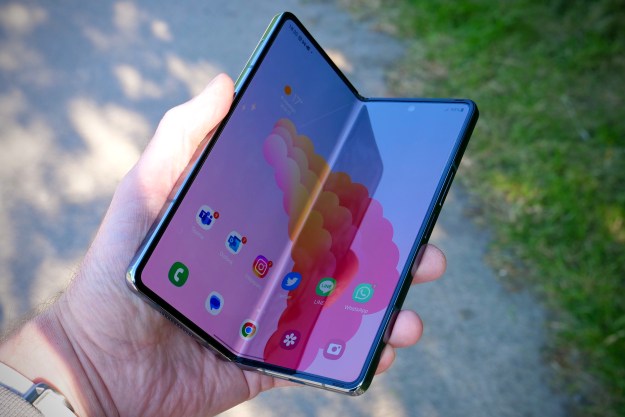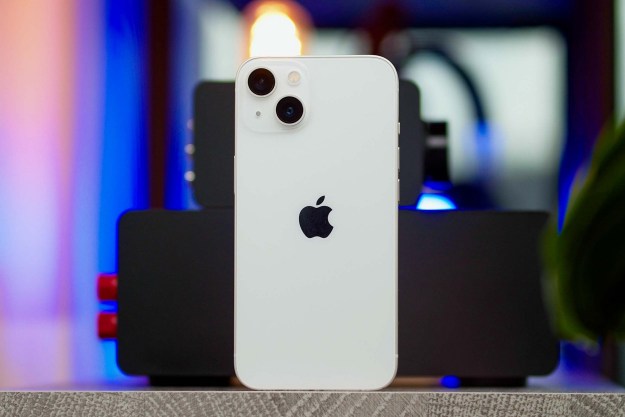People with diabetes will have an easier time getting insulin into their bodies with just one tap on their phone. The Food and Drug Administration has cleared the first-ever smartphone app developed by Tandem Diabetes Care to program insulin dosage for its t:slim X2 insulin pump users.
Tandem Diabetes Care, a leading insulin delivery and diabetes technology company, based in California, made the historic announcement on Wednesday, saying that its app is the first app for both Android and iOS capable of delivering insulin from a smartphone. Insulin delivery previously had to be conducted from the pump alone.
John Sheridan, president and CEO of Tandem Diabetes Care, said in a statement that the insulin delivery app is one of the most requested features from the diabetes community, and the FDA clearance validated the company’s commitment to innovating diabetes management tools for people who need more efficient ways of keeping their blood glucose levels in check. With to the update, pump users can program or cancel their bolus doses, which they normally have to take during mealtimes.
“With the improvements in diabetes management provided by Tandem’s Control-IQ technology, giving a meal bolus is now the most common reason a person interacts with their pump, and the ability to do so using a smartphone app offers a convenient and discrete solution,” Sheridan said.
The bolus dose delivery app may prove useful to people who are already uncomfortable with having their pumps out in public settings like restaurants or sticking them to undergarments. The t:connect app already shows users their blood sugar patterns and insulin dosage history, as well as any alarms and alerts they may have missed, so the updated app gives them the opportunity to administer insulin doses as discreetly as possible.
The last piece of diabetes management tech that did something similar was the glucose monitoring smartwatch by Monavo. It’s a needle-free wearable device equipped with A.I., machine-learning capabilities, and the cloud that allows users to check their real-time glucose levels whenever it is most convenient to them.
Tandem Diabetes Care said that it plans to roll out the bolus app update to select users throughout the spring, followed by a wider launch later this summer. Once the app is officially released, it will be offered to new t:slim X2 insulin pump users and to in-warranty customers through a remote software update for the pump and the updated t:connect app at no additional cost.




